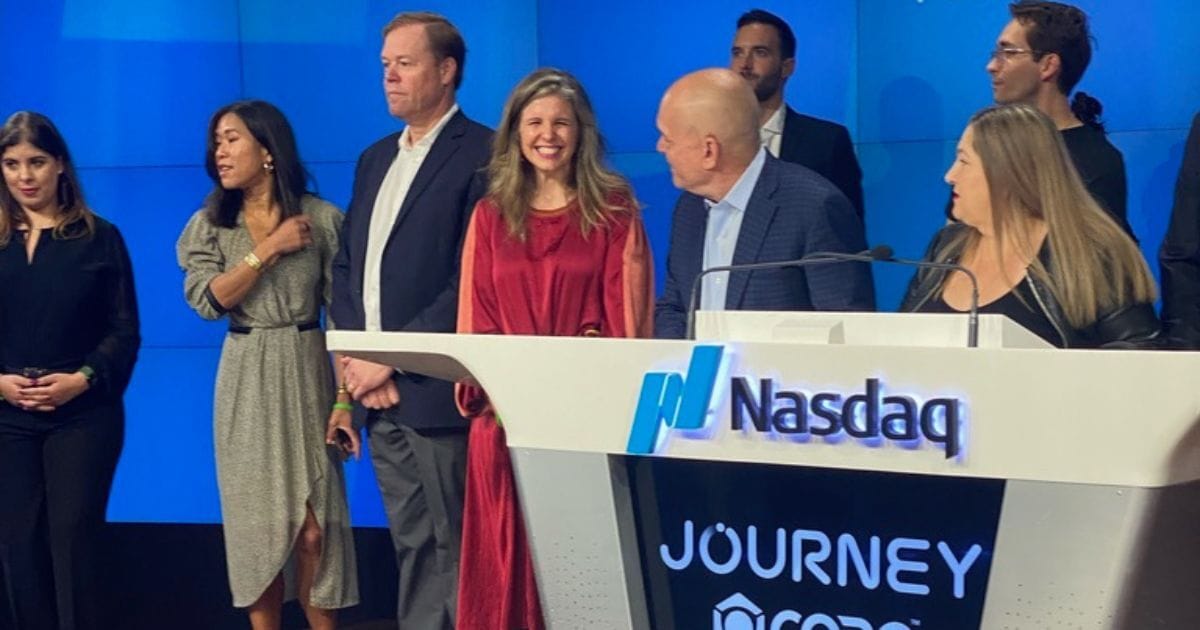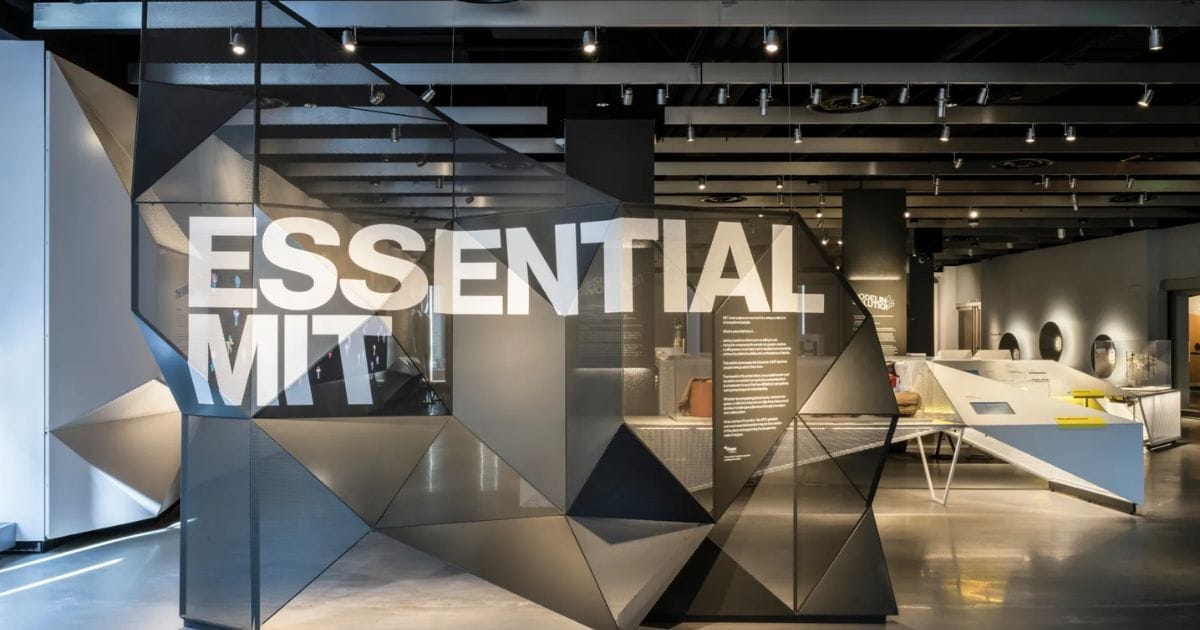
mornin’ merry makers 🎮🔮🛍️🌐✨
some people see the future.
others build it.
sasha wallinger does both.
she's the person styling avatars for kane brown's roblox concerts, developing nft projects for gucci, and now shaping how the mit museum connects cutting-edge science with curious minds worldwide.
if you've ever wondered what retail looks like when physical and digital worlds truly merge, sasha is writing that playbook in real time.
in today’s letter, you'll learn:
→ how virtual & physical fashion design actually inform each other
→ why & how gaming will revolutionize retail within 5 years
→ the retail blind spot that's costing brands their future relevance
→ why letting audiences impact growth is the secret to lasting loyalty & more important than ever

bts q&a: sasha wallinger
It depends on the day, but generally speaking I connect brands and audiences through new ways of looking at the intersection of technology and culture.
In the past, I have built NFT projects that connect the physical to digital as well as Discord channels for fashion brands like Gucci, styled looks for Kane Brown, Madison Beer and Yungblud’s avatars to wear to their concerts in Roblox and developed global growth strategies for top brands who are looking to connect with GenZ and GenAlpha audiences.
Currently I am building the marketing and communications future of the MIT Museum while continuing to serve at Blockchain Style Lab, an incubator for the future of fashion.
I also write for Forbes’ CMO Network on emerging technology.

Q2: you've been at the forefront of both physical and digital fashion innovation. how do you see these two worlds converging, especially in retail spaces?
They are inherently interconnected.
A designer who is crafting a virtual object is motivated by similar solutions as one who is developing a physical object. They are united in determining the aesthetics, the wearability and the application of their designs, regardless of if they are meant for a virtual or physical runway.
When I worked on the virtual fashion for Kane Brown, Yungblud and Madison Beer, for the Walmart Roblox Electric Fest, we took a nod from Madison’s dress in the video, and played with the layers in the Roblox gaming app to bring it to life in that ecosystem.
Similarly, when developing the SuperGUCCI NFT and physical collectible, we worked with the same porcelain studio that crafted Gucci’s ceramics. The beauty of transitioning from physical to digital, is that the journey is cyclical.
Retail understands this connection, not only because it was already so impacted by technological innovations from the Industrial Revolution to supply chain transparency with early RFID solutions pioneered by my colleague, Julie Vargas at Avery Dennison with her work pioneering the Janela system.
What I love about these two worlds converging is that digital and physical designers are able to learn from each other's tools and experiment across one another's worlds, ultimately moving both retail spaces forward.

Q3: what's the most common blind spot you see in retail when it comes to embracing innovation?
Retail is made up of creative individuals who at their core understand the impact of finding real world solutions to problems that they encounter.
The business leaders who I have worked with are bringing technology, design and sustainability innovation to the consumers and brands that they lead. They move too quickly in some instances, and they move too slowly in other respects.
What I’d love to see is a continuum of innovation in retail which embraces the rich history of connecting consumers and products, with a smart gaze to the future, being bold with technology and innovation choices that can move the business of retail and fashion in large-growth ways.
One example of this is when I was working in Visual Communications at H&M back in 2007, we didn’t have internet in the store for the visual merchandisers to draw from, the company was also very much against hosting virtual shopping, and was very late to the online store front game. There were obvious issues, but they learned from them and now I love seeing how H&M is not only online but also pioneering great work in gaming ecosystems that meet their audiences where they are.
Q4: how do you balance staying ahead of trends with maintaining profitability in retail?
I try to do great research and then trust my gut.
I’ve been in the fashion, retail, consumer goods space for a long time, so trends are important, but there’s also value in knowing your audience and your brand and delivering with them in mind. This has led to seismic growth and the opportunity to stay loyal to your consumer which I’ve found pays off in dividends.
I’m also a history of retail buff, who loves reading biographies, especially of retail leaders, and I’ve been so inspired by the Founders podcast, which frequently highlights the work of retail leaders whose entrepreneurial prowess never ceases to inspire me to continue on my Blockchain Style Lab journey.

Q5: what's one piece of emerging technology that you think will fundamentally change how people shop in stores within the next 5 years?
AI has brought about a systems shift with how we shop, but I’m bullish on the impact of gaming to the GenAlpha consumer’s ability to conduct their retail experiences almost entirely in virtual worlds, while still maintaining micro communities.
I think people will continue to shop virtually and in-person, but the micro communities will get more intimate, similar to how shopping online transitioned to shopping via social media channels.
The gamification of the retail experience is only beginning and I’m so looking forward to the many ways that visual and virtual communications between brands and audiences will develop as a result.
Q6: what’s one thing you wish more brands understood about building for the future?
To let the audiences have an impact in growth.
So frequently product development happens in a bubble and there are so many great opportunities to have the voice of the consumer speak volumes in development, design and creation.
The brands that have the most loyal following over time have a clear sense of who they are targeting and why and stay true to that focus, even as they evolve and adapt to trends and technologies over time.
retail rapid-fire round
fave retail store of all time?
Colette (RIP)
retail center that gets it right?
My current fav is the SF Ferry Building
can’t live without retail tool?
My phone
retail metric you obsess over?
The ones you cannot measure
your signature style of merrymaking?
Digital detox, time in nature and lifelong learning
best retail advice you've ever received?
Listen to your audience
what do you love about working in retail?
Every single thing
connect with sasha
sasha is literally building the bridge between today's retail and tomorrow's possibilities. if you're curious about where fashion, technology, and culture intersect or just want to follow someone who's always three steps ahead of the trends, she's your person.
🔗 link up here:
what strikes me most about sasha's work is that she treats technology as a medium, not the message. whether she's styling avatars or making science accessible, it's always about connection first.
alsoooo…should we all plan a field trip to the mit museum this fall?

p.s. quick shoutout to this week's merry partner, money.com, for helping keep this issue free for all to read & keeping our merry furriends healthy!
Only about 4% of U.S. pet owners have pet insurance
Pet care costs are rising, yet not enough people are doing something about it. Pet insurance can significantly offset rising costs – all for as low as $10 a month. Want to join the 4% club?


